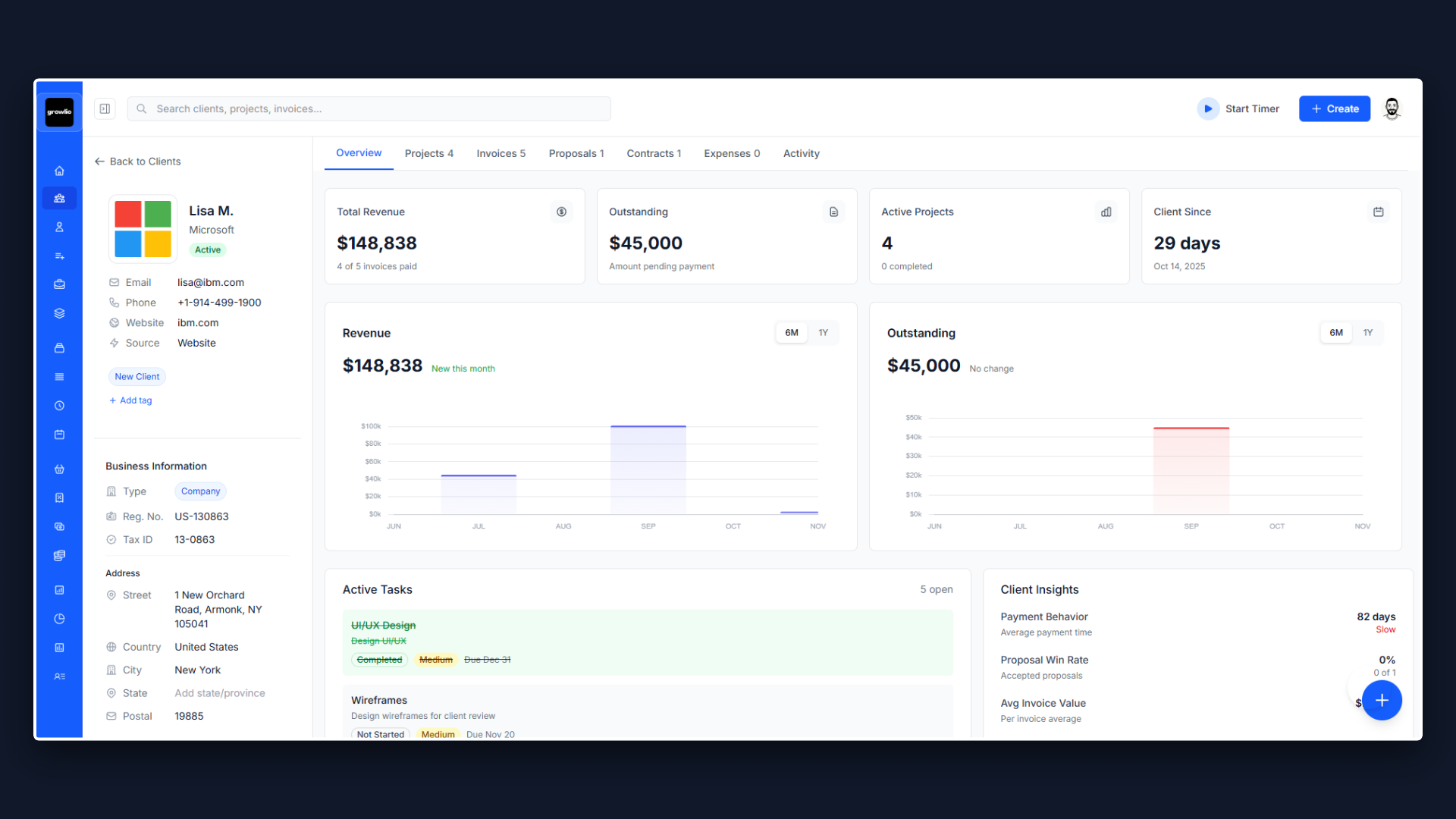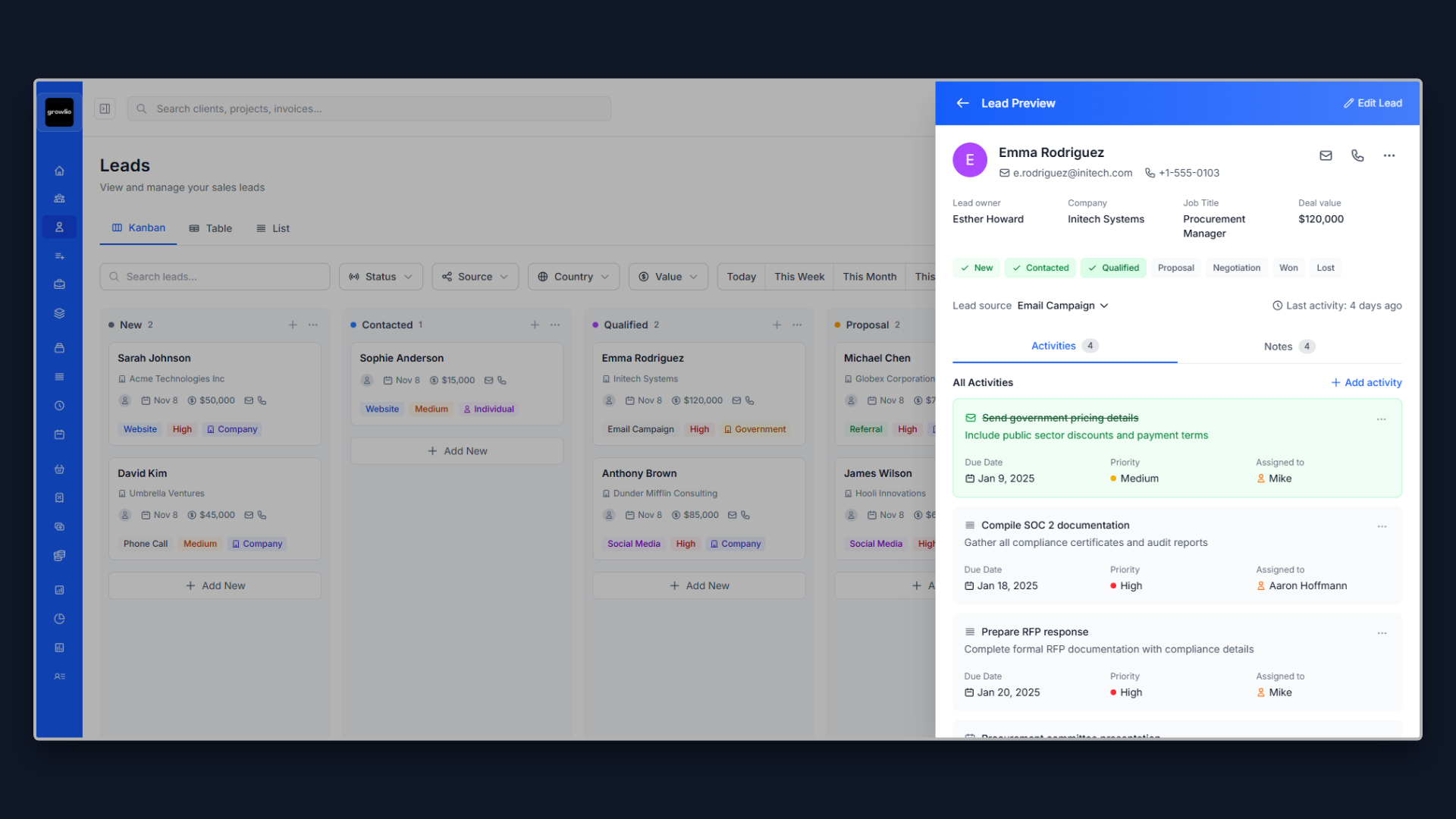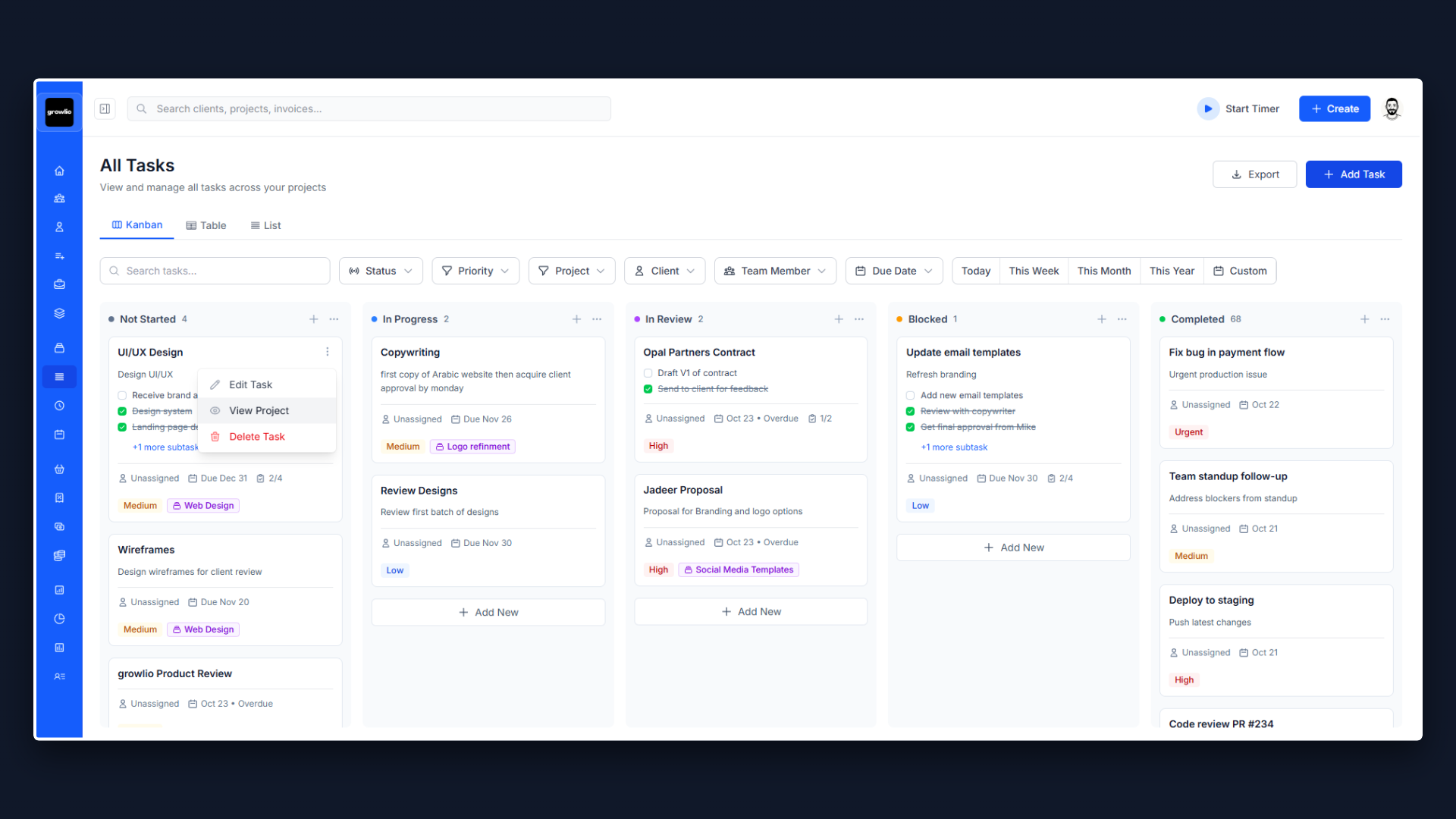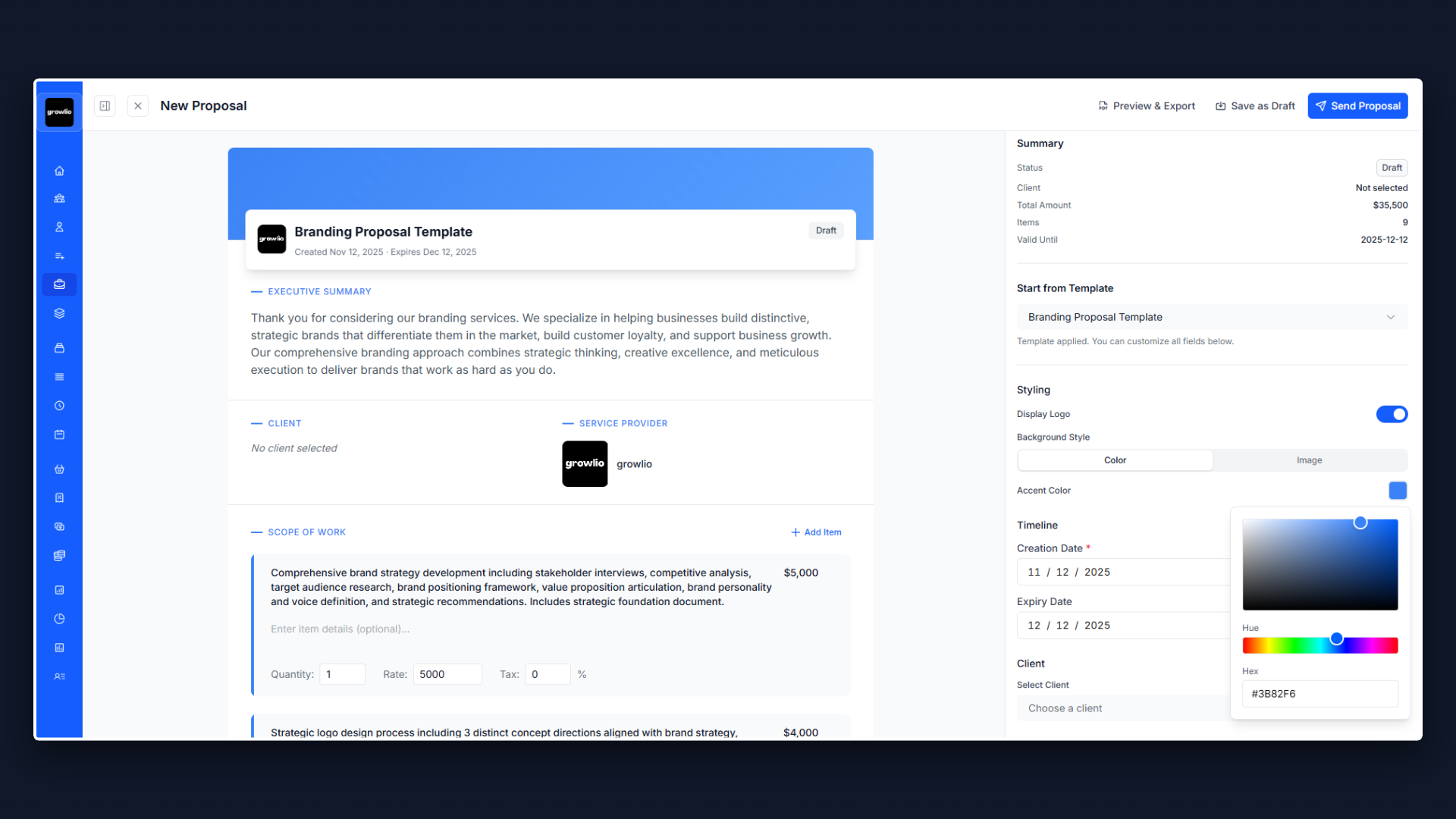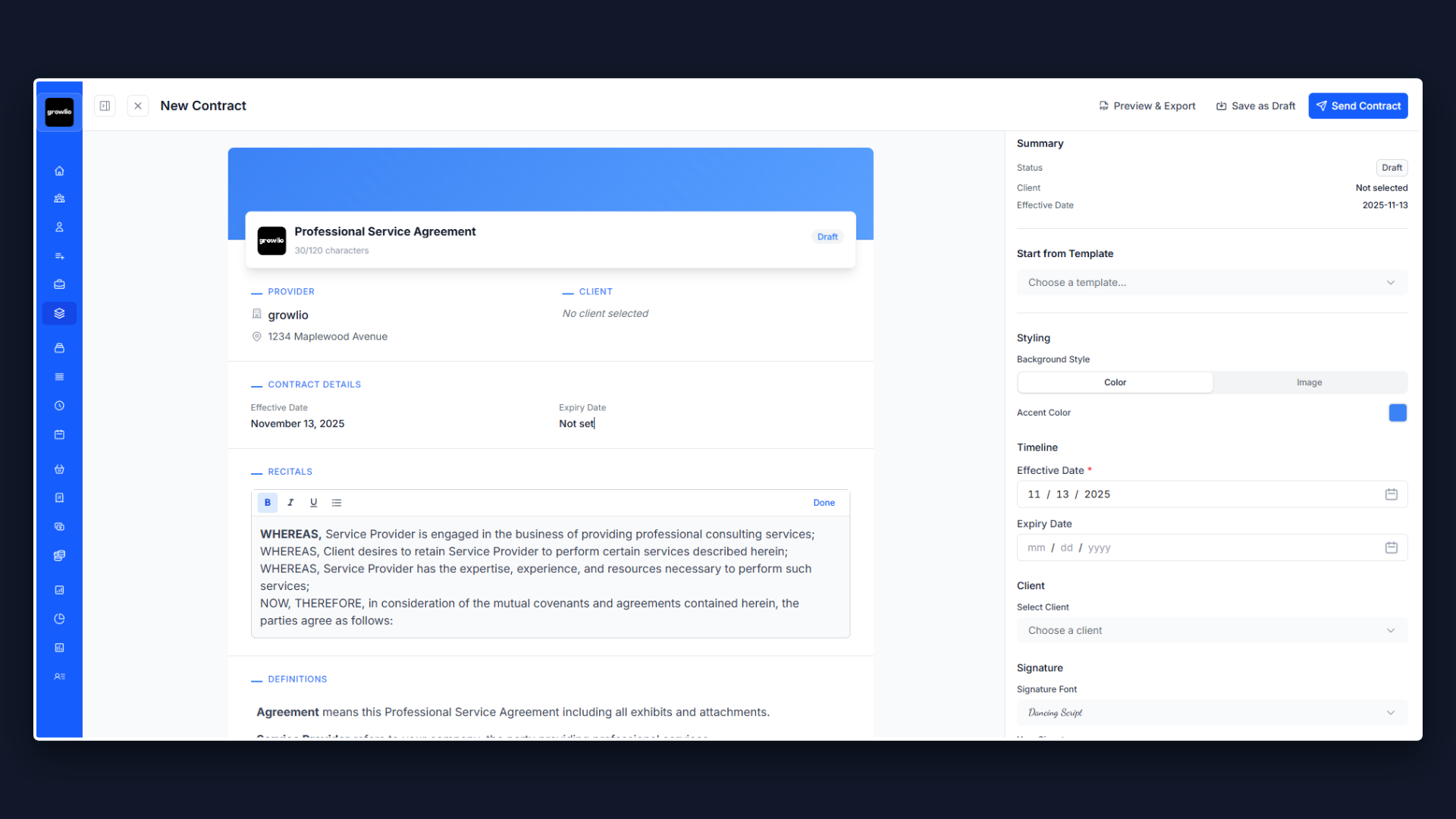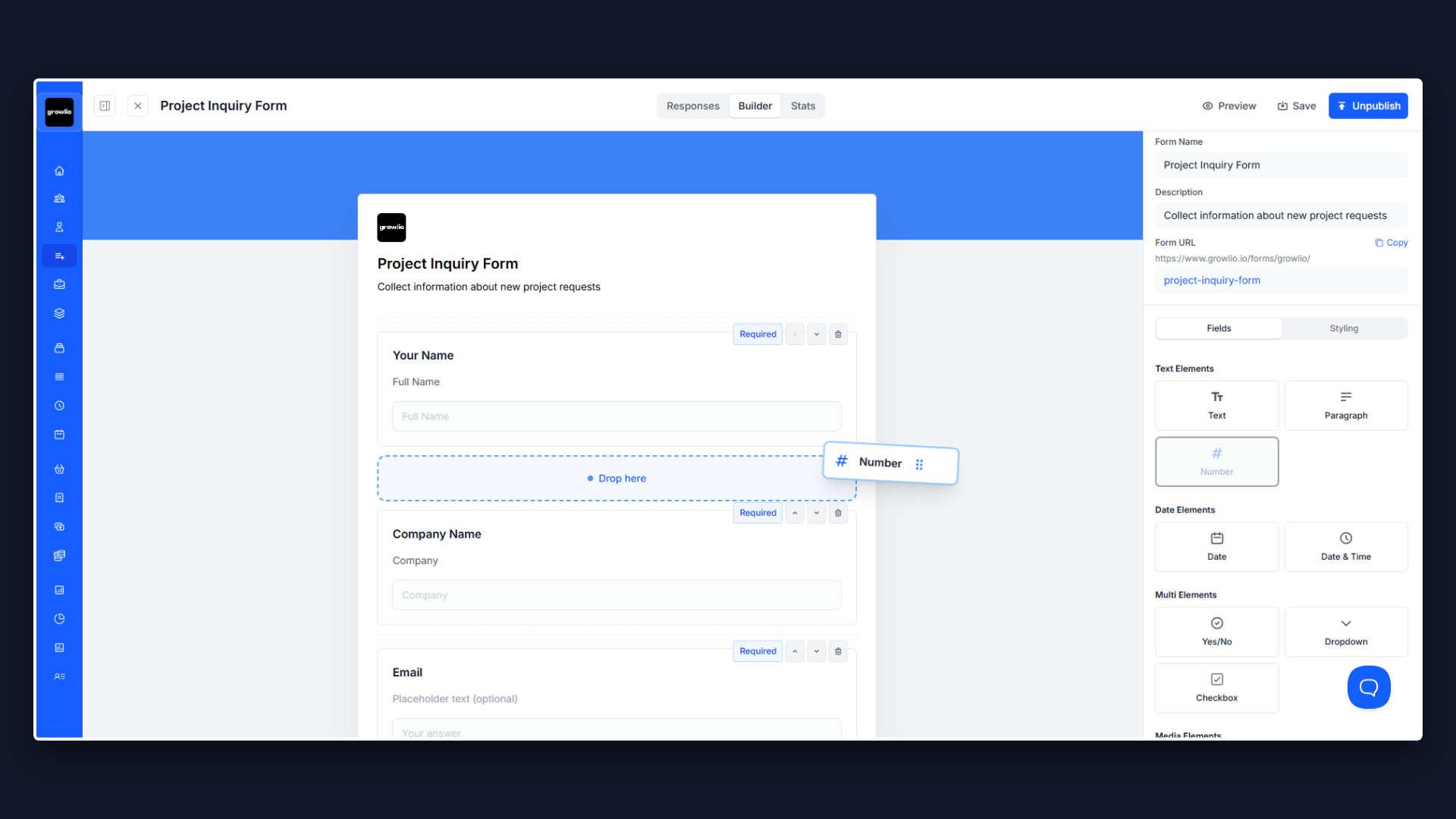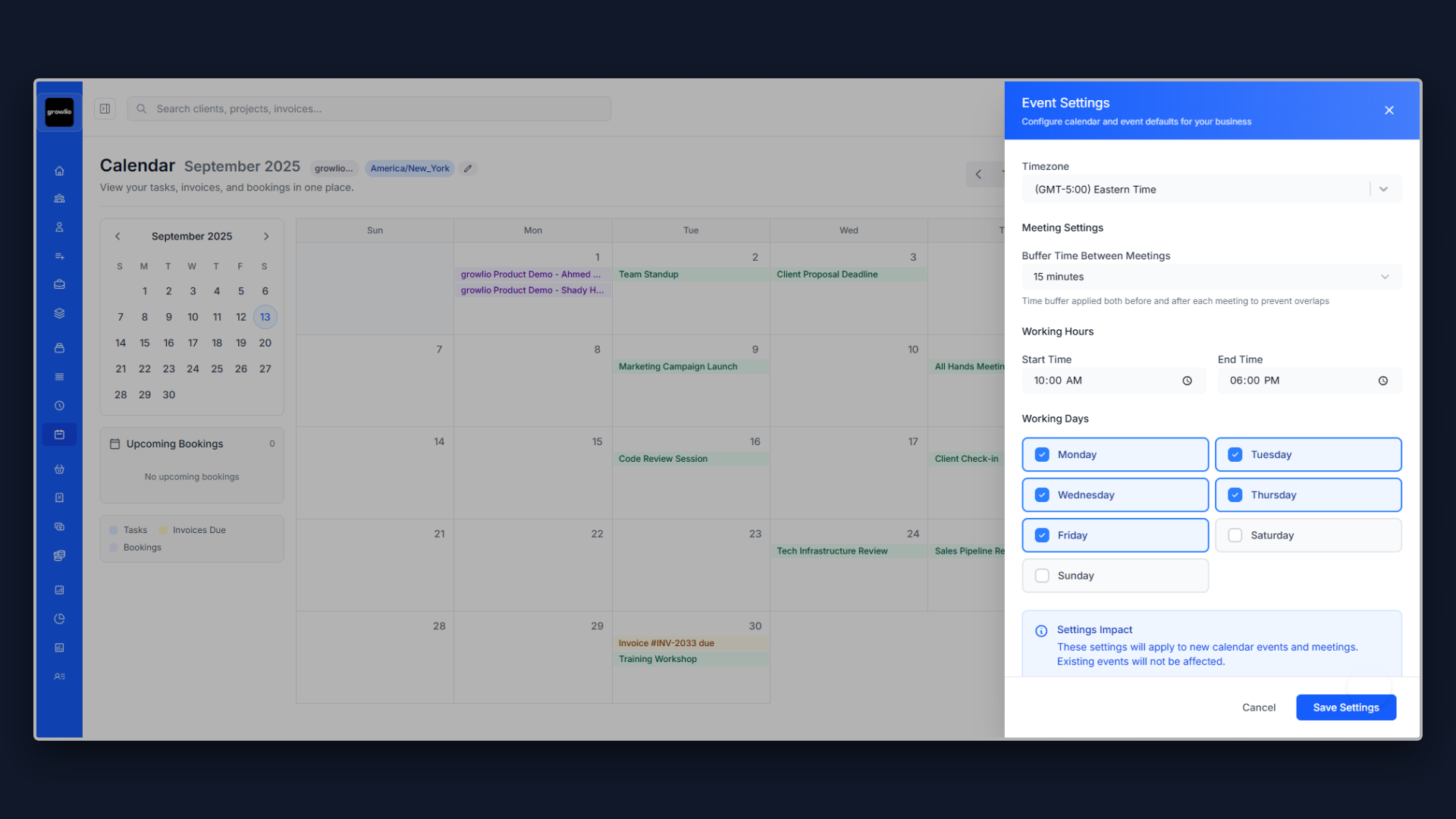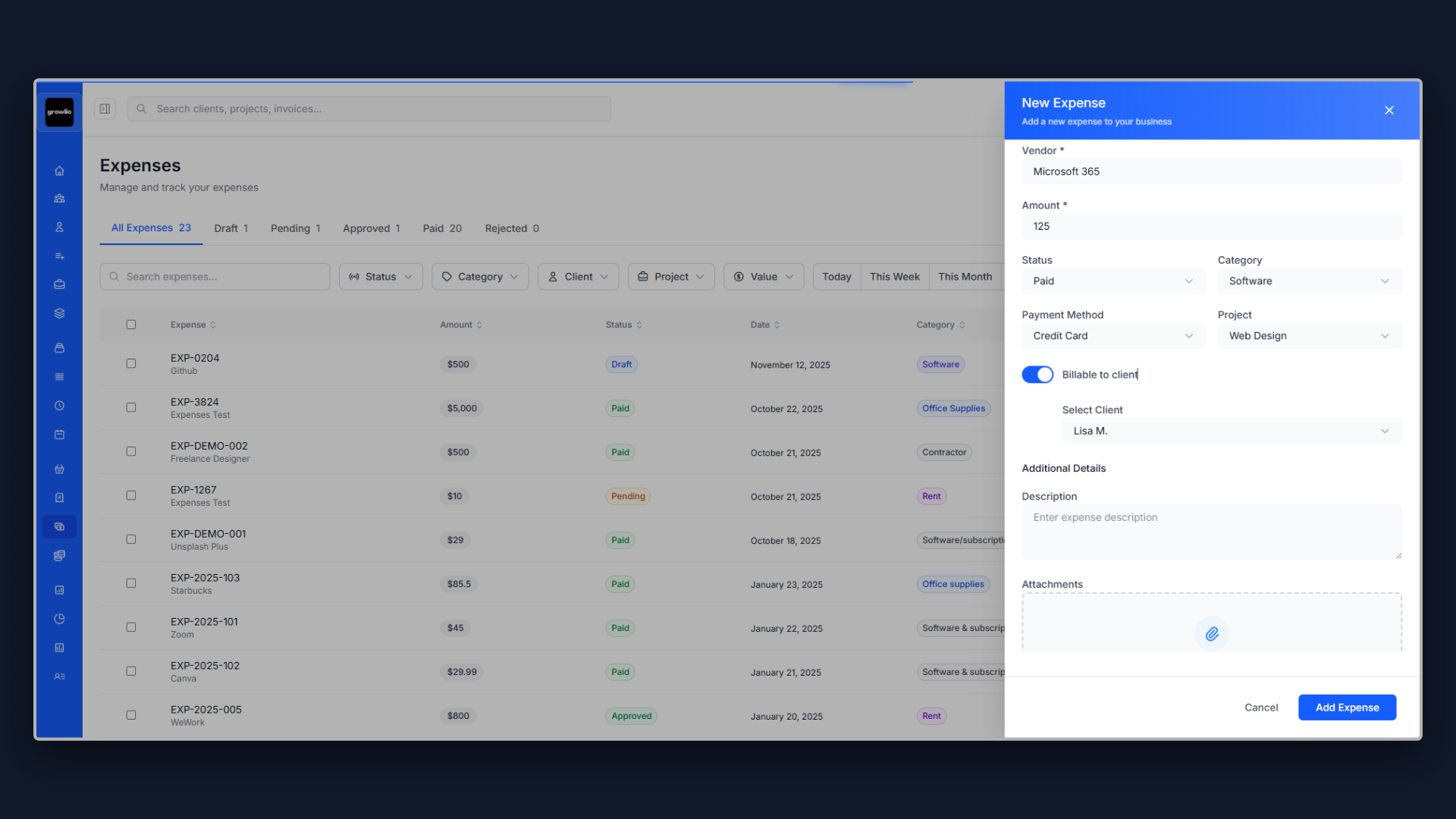Why Your Animation Proposal Makes or Breaks Your Business
Here is what most animators get wrong: they lead with their software expertise, animation style, and impressive demo reels. They talk about animating in After Effects or Cinema 4D, their character rigging capabilities, and the number of explainer videos or commercials they have produced before understanding what message the client needs to communicate or what their audience responds to.
The result? Proposals that showcase artistic talent but miss strategic objectives. Clients cannot differentiate between animators because everyone shows smooth motion and colorful characters. Price becomes the only decision factor. Projects deliver beautifully animated content that does not effectively communicate the intended message or drive desired actions. And clients wonder why their expensive animation did not generate the engagement or conversions they expected.
A professional animation proposal does something different: it demonstrates you understand that animation is not about artistic style or technical prowess, but about communicating complex ideas in engaging, memorable ways that drive business results. It educates clients on why strategic planning, script clarity, and understanding audience psychology matter more than frame rate or rendering quality. It sets realistic expectations about production timelines, revision limits, and the iterative nature of animation development.
This template gives you the exact framework to create proposals that win animation projects at profitable rates while ensuring animations serve the client's actual communication and marketing objectives.
1. Start With Communication Goals, Not Animation Style
Before discussing 2D versus 3D, your animation style, or software capabilities, understand what the animation needs to communicate and to whom. Is this to explain a complex product? Simplify technical concepts? Engage social media audiences? Train employees? Build brand awareness? Tell a story? Each objective requires different animation approach, pacing, style, and length.
Your proposal should demonstrate you understand their context. Address strategic considerations: what specific message must be communicated clearly, who is the target audience and what visual style resonates with them, where will animation be used (website, social media, presentations, training), what action should viewers take after watching, what tone fits brand and message (playful, professional, edgy, warm), how animation fits into broader marketing or communication strategy, and what metrics will define success.
For example: "Your goal of explaining your complex SaaS platform to non-technical decision makers requires an explainer animation that visualizes abstract concepts through metaphors and simple diagrams. Our research shows your target audience of healthcare administrators responds to clean, professional visuals with clear narration, not trendy illustration styles or fast-paced editing. The 90-second animation must simplify your three core features into memorable visuals that drive demo requests."
This approach shows you understand communication strategy, not just animation technique.
2. Animation Type and Style Selection
Different animation types serve different purposes and budgets. Your proposal should clearly explain animation type recommendations with honest trade-offs.
Explain animation types: 2D animation with illustrated characters and environments (versatile, faster production, lower cost), 3D animation with modeled objects and environments (realistic, premium feel, higher cost and longer timeline), motion graphics with animated text and shapes (data visualization, explainer content, fast turnaround), whiteboard animation with drawn illustrations (educational, approachable, cost-effective), character animation with personality and emotion (storytelling, brand mascots, engagement), and kinetic typography with animated text-focused design (impactful messaging, social media, fast production).
Detail style considerations: illustration style matching brand aesthetic (flat design, gradient style, hand-drawn, corporate, playful), color palette aligning with brand guidelines, level of detail and complexity, frame rate and smoothness (24fps standard, 60fps ultra-smooth but expensive), whether realistic or stylized approach, and if characters should be abstract or detailed with personality.
Address style selection rationale: why recommended style fits audience and message, how style impacts production timeline and cost, showing portfolio examples in similar style, discussing flexibility for style refinement, and setting expectations about style consistency across project.
Set expectations: style should serve communication goals not showcase artistry, simpler styles enable faster turnaround and lower cost, complex 3D animation costs 3-5x more than 2D, style consistency matters across animation series, and client input on style direction is critical early.
3. Scriptwriting for Animation
Animation scripts differ from live-action scripts. Your proposal should explain your scriptwriting approach specific to animated content.
Outline animation scriptwriting: developing core message and key takeaways, writing for voiceover with conversational pacing, describing visual metaphors and concepts, timing script to target length (150 words equals roughly 60 seconds), balancing narration with visual storytelling, incorporating humor or emotion appropriately, and including specific visual direction in script.
Detail script structure: hook that captures attention immediately (first 3-5 seconds critical), clear problem-solution framework for explainers, breaking complex concepts into simple visual metaphors, building narrative arc even for educational content, strategic placement of key messages, call-to-action at natural conclusion, and pacing that allows visual comprehension not just narration.
Explain visual scripting: two-column format with audio/narration and visual description, describing what viewers see during each narration segment, noting transitions between scenes or concepts, indicating on-screen text or graphics, planning character actions and expressions, and visualizing abstract concepts through concrete imagery.
Set expectations: animation scripts go through multiple drafts, script must be finalized before animation begins as changes during animation are expensive, reading script aloud reveals pacing issues, script length directly impacts animation cost and timeline, and clients sometimes underestimate importance of professional scriptwriting.
4. Storyboarding and Visual Planning
Storyboards bridge script and animation. Your proposal should position storyboarding as essential planning phase, not optional extra.
Detail storyboarding process: breaking script into individual scenes or shots, sketching key frames showing composition and action, indicating camera movement or transitions, noting timing and pacing, showing character positions and expressions, visualizing how abstract concepts will be depicted, and client review and approval before animation.
Explain storyboard deliverables: rough sketches for initial concept approval, refined storyboards showing detail and sequence, animatic (moving storyboard with timing) to test pacing, style frames showing color and aesthetic, and annotations explaining action or transitions.
Address storyboard value: prevents misalignment on visual approach, identifies pacing issues before animation, enables client input at low-cost stage, serves as roadmap for animators, reveals complexity and timeline implications, and builds confidence in final result.
Set expectations: storyboards are rough sketches not finished art, some scenes may need adjustment during animation, storyboard approval is critical milestone before proceeding, changes to approved storyboards during animation require additional fees, and storyboard phase takes 1-2 weeks typically.
5. Character Design and Asset Creation
Characters and visual assets are the building blocks of animation. Your proposal should outline asset development process and deliverables.
Outline character design: concept sketches exploring character appearance and personality, iterating based on client feedback, finalizing character design in multiple poses and expressions, creating character style guide for consistency, building character rigs for animation, and designing supporting characters or elements.
Detail asset creation: designing backgrounds and environments, creating props and objects needed in scenes, developing consistent visual language across all assets, building asset library for efficiency, creating variations for different scenes, and preparing assets for animation workflow.
Explain asset considerations: level of detail impacting production time, number of unique assets required, whether assets are reusable across scenes, complexity of character rigging for animation, style consistency across all elements, and asset organization for efficient animation.
Set expectations: custom character design adds time and cost versus using existing characters, detailed characters take longer to animate, more unique assets increase cost, asset creation happens before animation begins, changes to approved character designs during animation are expensive, and asset libraries enable cost-effective series or sequels.
6. Voiceover and Audio Production
Professional voiceover brings animation to life. Your proposal should address audio production as critical component, not afterthought.
Detail voiceover process: casting voiceover talent matching brand and message, providing script and direction to talent, recording professional audio in studio, reviewing takes and selecting best performance, editing for pacing and clarity, and syncing voiceover to animation timing.
Explain voiceover considerations: voice characteristics matching target audience and tone (authoritative, friendly, energetic, soothing), accent and language requirements, whether single narrator or multiple voices, budget range for voiceover talent (amateur $100-300, professional $300-1000, celebrity $5000+), and revisions if initial recording does not match expectations.
Address music and sound design: selecting background music matching mood and pacing, licensing music for commercial use, creating sound effects for actions and transitions, mixing audio elements for balanced sound, and ensuring audio works in sound-off viewing with captions.
Set expectations: professional voiceover significantly increases production value, voiceover should be recorded before animation begins for proper timing, changes to script after voiceover recording require re-recording fees, music licensing adds cost but prevents copyright issues, and sound design takes 1-2 days for typical animation.
7. Animation Production and Techniques
Animation is where everything comes together. Your proposal should outline animation process and approach without overwhelming with technical details.
Outline animation workflow: setting up scenes and compositions, animating characters and objects following storyboard, timing animation to voiceover and music, adding secondary animation (background movement, particle effects), creating transitions between scenes, refining animation for smooth motion, and reviewing progress throughout production.
Detail animation techniques: keyframe animation for precise control, puppet rigging for character animation, motion graphics for text and shapes, particle systems for effects, camera movement for depth and interest, easing and timing for natural motion, and layering for depth and complexity.
Explain production considerations: animation time per second of final content (1 day per 5-10 seconds typical for moderate complexity), complexity of animation impacting timeline, whether animation is frame-by-frame or rigged/puppet style, importance of timing and pacing, and iterative refinement of motion.
Set expectations: animation takes significant time and cannot be rushed without quality compromise, first pass will not be polished, some animated sequences take longer than estimated, changes during animation disrupt workflow and extend timeline, and seeing animation come to life takes patience through production phase.
8. Revisions and Feedback Process
Animation revisions are more constrained than video editing. Your proposal must clearly define revision policy appropriate for animation projects.
Outline revision milestones: script review and approval (unlimited revisions at this stage), storyboard review and approval (2-3 revision rounds), animation rough cut review (major changes possible), animation refined cut review (timing and minor adjustments), and final polish review (only minor tweaks).
Explain revision limitations: animation changes require re-rendering and adjustments to multiple scenes, character redesigns after animation begins are extremely expensive, scene additions or removals during animation disrupt entire timeline, timing changes affect voiceover sync requiring re-recording, and revision scope decreases as production progresses.
Address feedback management: consolidated feedback at each milestone not piecemeal comments, distinguishing preference changes from correcting errors, priority-based feedback for critical versus nice-to-have changes, realistic turnaround time for revision implementation, and additional fees for changes beyond included revisions.
Set expectations: unlimited revisions are unsustainable for animation, early-stage revisions (script, storyboard) are low-cost while animation changes are expensive, some client requests may prove technically infeasible, revision limits protect project timeline and budget, and approval at each milestone prevents expensive backtracking.
9. Rendering, Post-Production, and Polish
Final rendering and post-production transform animation into finished product. Your proposal should explain this often-invisible final phase.
Detail rendering process: rendering animation at final resolution and quality, adding effects and compositing layers, final color correction and grading, adding motion blur for natural motion, optimizing rendering settings for quality and file size, and quality control review of rendered output.
Explain post-production elements: adding final sound design and audio mixing, incorporating music and voiceover, creating title cards and end screens, adding captions or subtitles, applying final color grading, adding vignettes or effects, and exporting in final delivery formats.
Address technical considerations: rendering time for complex animation (can take hours per minute of animation), file sizes for high-resolution output, color space for different delivery platforms, compression settings balancing quality and file size, and ensuring smooth playback across devices.
Set expectations: rendering takes significant time for complex 3D animation, some rendering issues only appear in final output requiring fixes, post-production adds polish that elevates final quality, final delivery timeline depends on rendering complexity, and optimization for different platforms requires separate exports.
10. Deliverables, Formats, and Platform Optimization
Different platforms require different specifications. Your proposal should detail deliverable formats and optimization strategy.
Outline deliverable specifications: master file at highest quality (4K ProRes or similar), web-optimized version for website streaming, social media optimized formats (YouTube, Instagram, LinkedIn, TikTok), vertical and square versions for social if needed, GIF versions for social media snippets, thumbnail images for video players, and project files as optional add-on.
Detail platform optimization: YouTube (1920x1080 or 4K, H.264, optimized bitrate), Instagram feed (1080x1080 square), Instagram Stories (1080x1920 vertical), LinkedIn (captions recommended for auto-play), website embed (optimized for fast loading), and presentation software compatibility (MP4 or MOV).
Address additional deliverables: individual scenes or segments as separate files, logo animations or bumpers separately, stills or frames for marketing materials, captions or subtitle files, and raw project files for future edits.
Set expectations: creating multiple platform versions adds delivery time, platform requirements evolve requiring occasional re-optimization, client responsible for file storage after delivery period, additional formats after delivery may incur fees, and proper optimization ensures best performance on each platform.
11. Usage Rights and Licensing
Animation assets have value beyond single project. Your proposal must clearly address intellectual property and usage rights.
Explain licensing models: full buyout transferring all rights including character designs and assets (highest price), standard license granting commercial use rights while retaining IP ownership (typical), usage limitations on geography, duration, and media types, exclusivity provisions preventing use of similar style for competitors, and whether client can create derivative works or sequels.
Detail asset ownership: custom character designs and their future use, background art and environment assets, music and sound effect licensing, voiceover usage rights and talent agreements, and whether client receives source files for future edits.
Address common scenarios: using animation across web, social, and advertising (standard license), repurposing animated characters for additional content (requires character rights), creating sequel animations or series (asset reuse reduces cost), allowing third-party use or sublicensing, and exhibiting in festivals or portfolios.
Set expectations: broader usage rights significantly increase pricing, custom character IP ownership costs premium, source files enable future edits but require software expertise, animation portfolio rights are separate from commercial usage, licensing terms must be explicit to prevent disputes, and proper licensing protects both parties and enables future collaboration.
12. Project Timeline and Collaboration Process
Animation projects have longer timelines than clients often expect. Your proposal should outline realistic timeline and collaboration approach.
Detail project timeline: script development and approval (1-2 weeks), storyboarding and style frame development (1-2 weeks), voiceover recording and editing (1 week), asset creation and character design (2-3 weeks), animation production (3-6 weeks depending on length and complexity), revisions and refinement (1-2 weeks), and final rendering and delivery (3-5 days).
Explain timeline factors: animation length and complexity, number of unique characters and scenes, level of detail and polish, whether 2D or 3D animation, revision rounds and client feedback speed, and seasonal demand on production schedule.
Address collaboration approach: regular check-ins at key milestones, using collaboration tools for feedback, organizing feedback by scene or timestamp, responding to client questions promptly, maintaining flexibility while protecting timeline, and setting realistic expectations about process.
Set expectations: typical animation timeline is 8-12 weeks for 60-90 second animation, rushing animation compromises quality, client feedback speed impacts timeline significantly, some delays are inevitable, holiday periods extend timelines, and quality animation requires patience and cannot be rushed.
